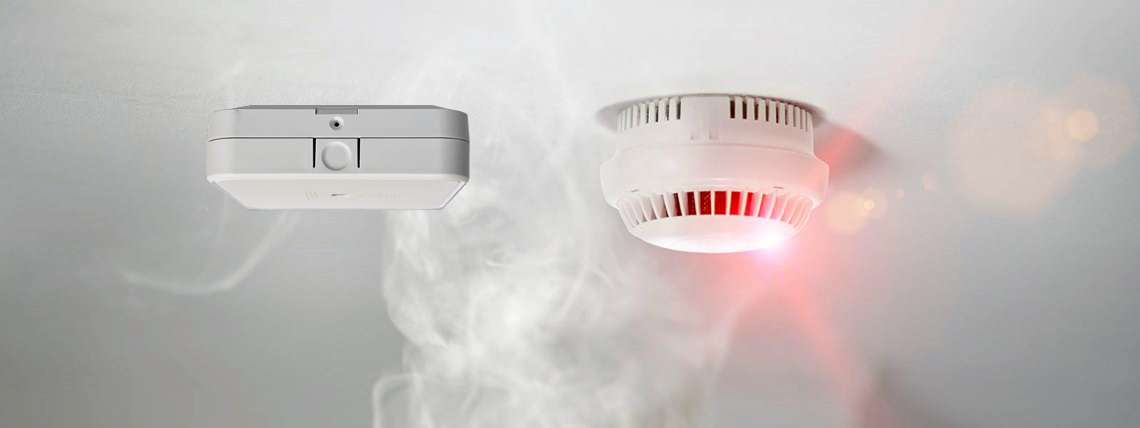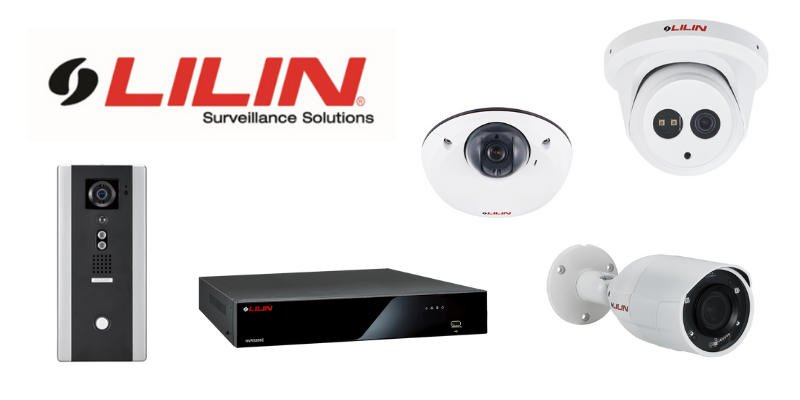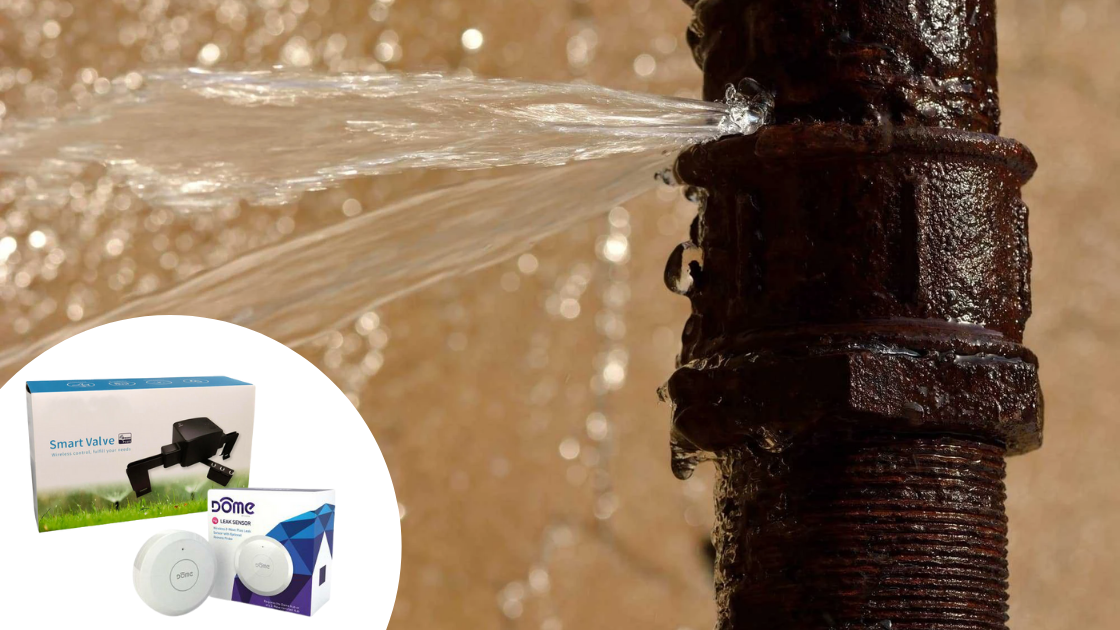Through the surveillance of several aspects of the domestic environment, Z-Wave-certified sensors, despite their simplicity in design and purpose, serve as the fundamental building blocks of a smart home system. The initial step involves inconspicuously observing ambient parameters such as temperature, light intensity, and moisture levels. Additionally, it entails detecting certain actions such as room occupancy and the act of opening and closing doors. After obtaining this data, they subsequently transmit signals to other Z-Wave devices in order to elicit suitable responses. As an illustration, upon detecting an individual’s presence within a given space, a sensor has the capability to initiate the activation of specific lighting fixtures, the audio apparatus, and motorized window coverings. Likewise, in the event that a sensor identifies the state of an open window, it can transmit a signal to a thermostat, prompting it to make appropriate adjustments. There are a host of other scenarios that can unfold; here are five of the best reasons to automate your home with Z-Wave smart sensors:
Enhancing Home and Personal Safety with the Implementation of Light Sensors and Motion Sensors. A residence lacking sufficient lighting can pose potential hazards. In poorly illuminated places, the presence of toys in hallways, coffee table corners, and steps along walks can provide a risk of causing injury. In the meanwhile, driveways, porches, and windows that lack illumination might create an inviting environment for potential trespassers. Plug-in nightlights emit minimal levels of illumination, so rendering standalone sensors a more favorable alternative. By establishing communication with Z-Wave-certified switches and bulbs, it becomes possible to command fixtures and lamps to activate or deactivate in response to the prevailing ambient light, motion, and time of day.

Mitigation of Harm using Water Sensor Technology. Water sensors of small size that are strategically positioned near sinks, washing machines, refrigerators, sump pumps, and other locations possess the capability to promptly transmit a text message to a smartphone as soon as they detect the presence of water. One will possess the capability to promptly and effectively respond in order to minimize the negative consequences, as opposed to managing the aftermath of a residence inundated with water. By utilizing a Z-Wave water valve that is connected to the primary water line, individuals have the capability to remotely deactivate the water supply through their smartphone until the necessary repairs to the plumbing system are completed. In addition, intelligent sensors are capable of detecting and alerting individuals to instances of power disruptions, severe temperature fluctuations, and the presence of carbon monoxide emissions. One will possess precise knowledge of the occurrences within their household, even in their absence.
The implementation of motion sensors and light sensors for the purpose of enhancing energy efficiency. Activating a light switch upon entering a room is a habitual action for the majority of individuals. However, is it truly necessary to have the bulb illuminated? One may consider a more significant inquiry: was it ensured that the device was deactivated upon departure? The implementation of Z-Wave motion and light sensors can effectively reduce energy consumption. A motion sensor has the capability to regulate the operation of light switches, ceiling fans, thermostats, and other devices that consume significant amounts of energy. This regulation is based on the detection of human presence. Additionally, the motion sensor may activate motorized Z-Wave window shades, which can be raised to allow natural sunlight to brighten the area, reducing the reliance on artificial lighting.
Enhancing Comfort and Achieving Energy Savings through the Implementation of Temperature Sensors. One of the most effective ways to increase the temperature in a room expeditiously is by the infiltration of sunlight via extensive arrays of windows. The outcome of this phenomenon can vary based on the prevailing season. During the summer season, passive solar heating has the potential to intensify the workload of air conditioning systems. However, in the winter months, it can alleviate a portion of the heating demand placed on furnaces. In either scenario, an independent Z-Wave temperature sensor has the capability to obstruct or harness solar heat through the use of motorized Z-Wave window shades, which can be adjusted to raise or lower, as well as ceiling fans that can be activated or deactivated in accordance with the prevailing environmental circumstances.
Enhancing Security and Promoting Energy Efficiency with the Implementation of Door and Window Contact Sensors. What is the frequency of instances in which you have neglected to close the garage door or inadvertently left windows ajar? It is likely that the frequency of occurrences surpasses one’s preferred level of acknowledgment. By installing touch sensors on windows and doors, individuals can receive text notifications in the event of oversight. Additionally, these sensors can communicate with a Z-Wave thermostat to deactivate the air conditioning or heating system, so minimizing the loss or entry of warm or cool air. Smart sensors have the potential to enhance the quality of life within a residential setting, offering benefits such as increased comfort, improved efficiency, and enhanced safety. These sensors are capable of maintaining a continuous surveillance of the home environment, so contributing to a more optimal living experience. The individuals possess the knowledge to determine the optimal timing for closing the shades or switching off the lights, as well as the appropriate locations for illuminating a walkway. They are also capable of notifying your smartphone at the appropriate moments and instructing other Z-Wave devices to execute certain actions in particular circumstances. The management of one’s home can be facilitated by an uncomplicated and automated approach, which can be easily implemented due to the vast range of Z-Wave-certified products that are readily accessible.






